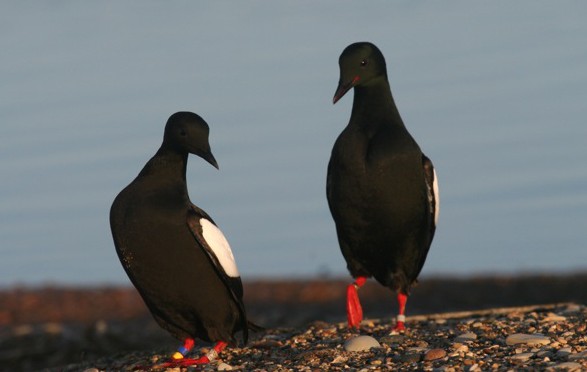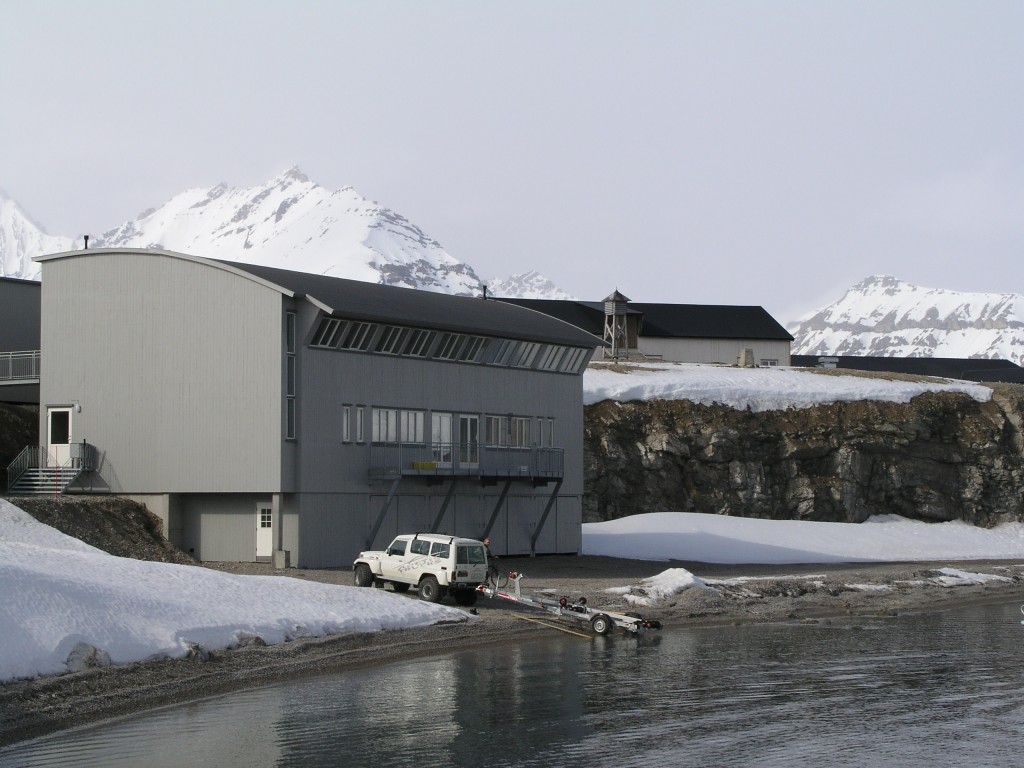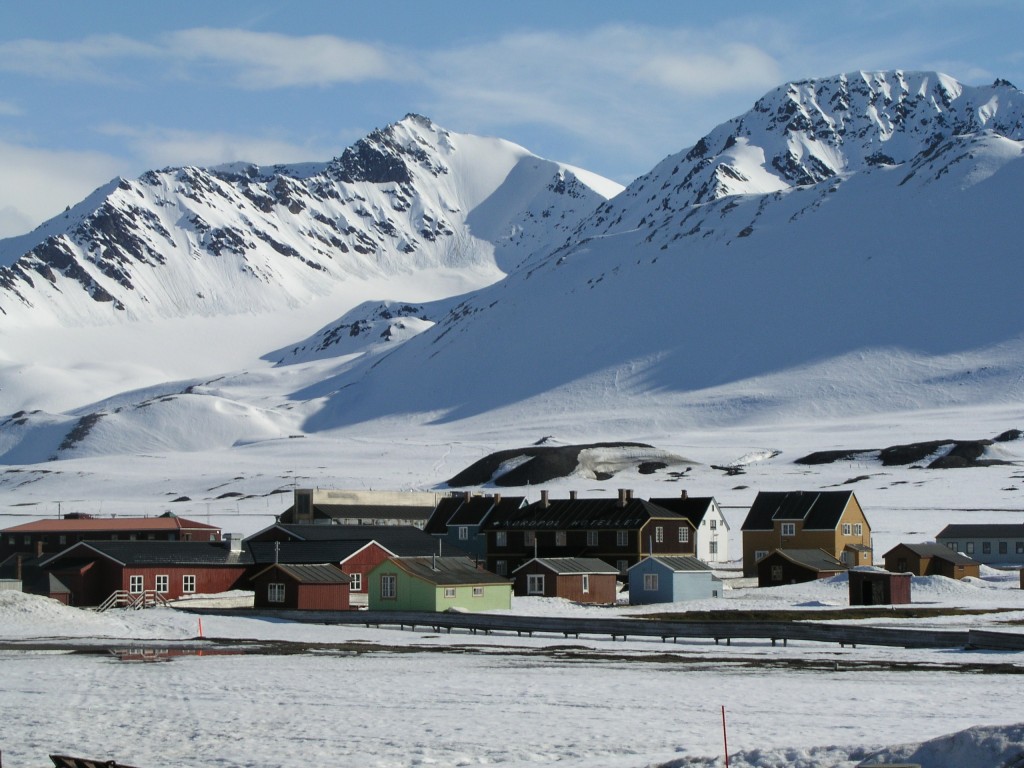Arctic Ocean: “Mare incognitum”
As I continue to prepare for my trip to Svalbard and the Arctic waters around the archipelago, into the Polar Night, the title of a website strikes me as particularly appropriate: Mare Incognitum is the umbrella title for a group of Arctic research projects, including the one I will be joining this weekend at the harbour of the Arctic research base at Ny Alesund, Spitsbergen. The title was chosen to reflect the group’s view of the Arctic as “one of the least known marine ecosystems of the planet”.
My own close involvement with the high north started with the International Polar Year (IPY) which actually spanned almost three years, from 2007-2009. At that time, I joined fellow science journalists from the USA (Soundprint Media), the UK (BBC World Service) and Radio New Zealand International to produce Pole to Pole, a series of radio documentaries on scientific research into the effects of climate change on the polar regions. Our international collaboration had the support of the US National Science Foundation (NSF), to whom I am eternally grateful for the opportunity to discover what has since become my favourite part of the world. This time it’s thanks to the Arctic University of Norway that I have the chance to join the sea expedition into the polar night.
Since then, I have also discovered how much an event like the IPY helps focus interest on scientific research and provide funding opportunities for key projects which might otherwise never happen. The “mare incognitum” alliance describes that last IPY as the culmination of a sharp increase in national and international research efforts in the Arctic over the last 20 years.
Gaps in our knowledge
Although Arctic experts often tell me there are still huge gaps in our knowledge of the “frozen north”, there has clearly been an increase in research and the collection of data in recent years. Rapid climate change is both making the region more easily accessible and increasing the urgency of getting to know how ecosystems in the Arctic work so that we can figure out how they are going to react and change.
Amongst the “fundamental gaps hindering our ability to understand the Arctic as a single, linked system undergoing unprecendented change and in an earth science perspective”, (Mare incognitum) is the lack of research during the dark, winter months. It is not hard to understand why people assumed life in the ice-covered Arctic ocean at high latitudes would more or less go into hibernation and be something like a “biological desert”. In fact recent research has shown that the Arctic Ocean is very much alive and kicking during the winter. (Details of studies are on the Mare incognitum website)

Black guillemots are amongst the seabirds found feeding unter extreme Arctic winter conditions. (Thanks to George Divoky for the pic.)
Is the polar night perhaps not as totally dark as you might think? I was fascinated to hear that Arctic organisms may well respond to light levels undetectable to the human eye. Scientists on a recent expedition at 80° North during the darkest time in the polar night observed five different species of seabirds actively foraging at sea. Previously nobody knew they would be there in winter. Normally, they detect their prey visually. So how do they find food in the dark? Stig Falk-Petersen, who will be leading the Polar Night expedition I am going to join, worked with colleagues on some research into crustaceans generally thought to spend their entire life on the underside of the Arctic sea ice.(Published online, Sept. 2012, in Biology Letters). How are they able to survive during ice-free periods? There are so many things we do not know about the Arctic, although it plays such a key role in influencing global weather and climate patterns. How can we possibly predict how global warming will have an impact if we don’t know what the current situation is? Field work during the winter months is clearly essential to our understanding of the Arctic.
Last time I heard from Stig on the RV Helmer Hanssen, he was heading towards Longyearbyen, Spitsbergen, with 19 scientists and students aboard. As I pack cameras and recorders and look forward to joining them soon, my curiosity about what we will discover about ocean life in the polar night is growing by the minute. I will be going on board at Ny Alesund, where my fascination for the Arctic started back in summer 2007.

















